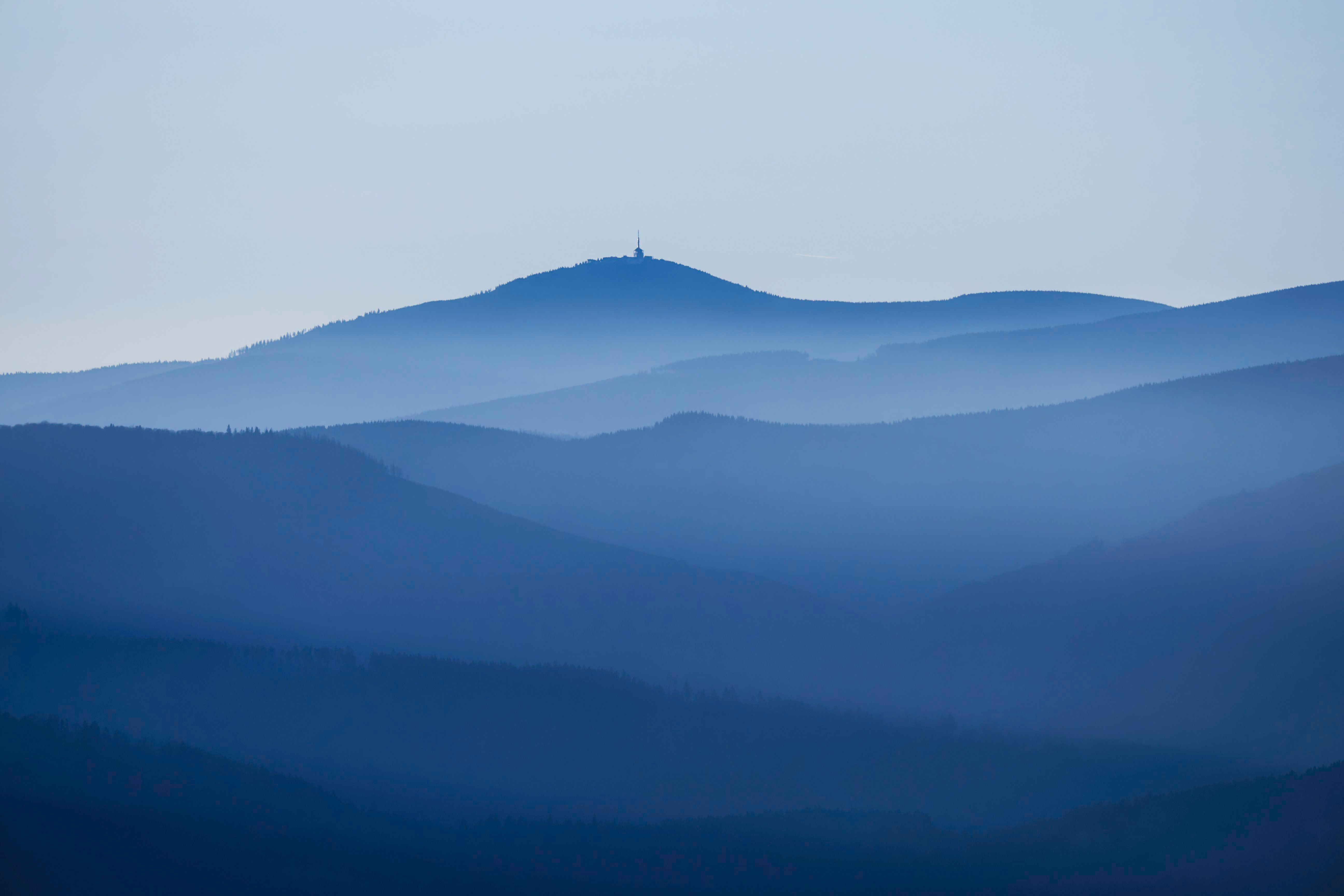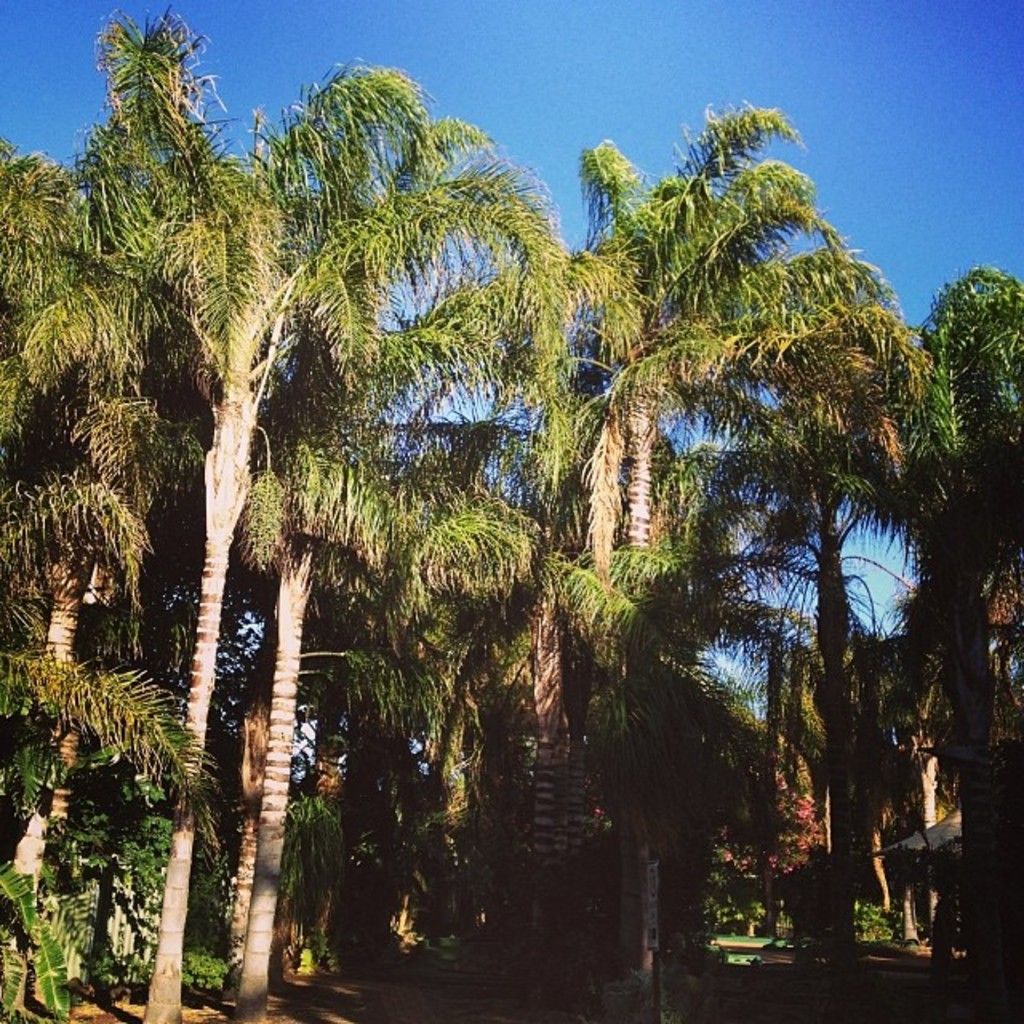Leveraging Artificial Intelligence as a Cooperative Partner in Creativity
Embarking on a Creative Journey with Artificial Intelligence
Artificial intelligence (AI) is no longer a distant vision, but a collaborative partner transforming the creative industries. From artists and writers to musicians and designers, AI is not replacing human creativity but rather amplifying it, accelerating the exploration of new realms of imagination and expression.
AI-assisted work is reshaping the creative landscape, serving as a potent ally that offers novel perspectives and bridges gaps in inspiration and expertise. Systems like GPT-4, DALL-E, and Midjourney are no longer mere instruments; they actively participate in the creative process, making decisions, suggesting options, and even generating content that sometimes takes their creators by surprise.
While the human touch offers context, emotion, and value to AI-generated work, this collaboration redefines what it means to be an artist. This partnership challenges conventional perceptions of creativity, unlocking unexplored realms in thought and design. Rather than displacing human creativity, AI serves to deepen messages and broaden techniques, ultimately heightening the artist's expression.
In music, innovators such as Holly Herndon work with AI to generate wholly original compositions, training systems on their own voice to produce striking outcomes. In literature, AI helps authors brainstorm plots, develop characters, and rewrite dialogue, acting as a valuable thinking partner. Fashion designers make use of generative AI to experiment with new aesthetics and expedite visual concepts, compressed timelines fanning the flames of creativity.
Filmmakers employ AI to scout locations, storyboard scenes, and even create digital actors, while visual artists harness AI to collaborate on co-designed sculpture models. These approaches represent the genesis of a broader movement that is fundamentally altering the way we create and grow creatively.
While human emotion, lived experience, and cultural knowledge can't be duplicated by any algorithm, the human director remains essential in guiding AI to produce work that resonates with meaning and emotional depth. Far from replacing human creatives, AI offers new tools that serve to deepen their message and broaden their techniques.
With this collaboration, new roles are emerging for artists and creators. They now assume the mantle of curators, editors, directors, and concept leaders. These roles prioritize vision, storytelling, meaning, and curation, areas where human intuition remains irreplaceable.
As AI becomes a more intertwined presence in creative industries, it is crucial to consider ethics and responsibility in its utilization. Questions about authorship, originality, and inclusivity in AI-driven work are being widely debated, with many advocating for transparency about AI's involvement and the adoption of more ethically sound practices.
The future of AI and artistic identity lies not in a battle between human and machine but in the evolution of human expression. While AI might transform the process of creation, the essential core of human emotion, intention, and storytelling remains deeply rooted in our identity.
In this new reality, AI serves as an essential ally in the pursuit of expanding human creativity. With smart, inclusive practices and the open-minded adoption of AI's unique capabilities, we can unlock limitless potential in the world of art, invention, and human expression.
Welcome to an era where everyone can discover their inner artist with AI acting as a valuable companion. Embrace the possibilities, forge ahead with purpose, and celebrate the enhancement of the human spirit.
Reference list:- Jordan, Michael, et al. Artificial Intelligence: A Guide for Thinking Humans. Penguin Books, 2019.- Russell, Stuart, and Peter Norvig. Artificial Intelligence: A Modern Approach. Pearson, 2020.- Copeland, Michael. Artificial Intelligence: What Everyone Needs to Know. Oxford University Press, 2019.- Geron, Aurélien. Hands-On Machine Learning with Scikit-Learn, Keras, and TensorFlow. O'Reilly Media, 2022.
Machine learning, a subset of artificial intelligence (AI), is integral to this collaboration, learning from human creators to suggest innovative ideas and fill gaps in inspiration and expertise. For instance, GPT-4, DALL-E, and Midjourney are systems that actively participate in the creative process, making decisions, suggesting options, and even generating content with surprising results.
The development of AI technology continues to blur the lines between human and machine, redefining the very notion of artistry. As AI serves as a valuable thinking partner, authors, musicians, designers, and filmmakers are embracing this technology to deepen their messages and broaden their techniques, ultimately enhancing human expression.







